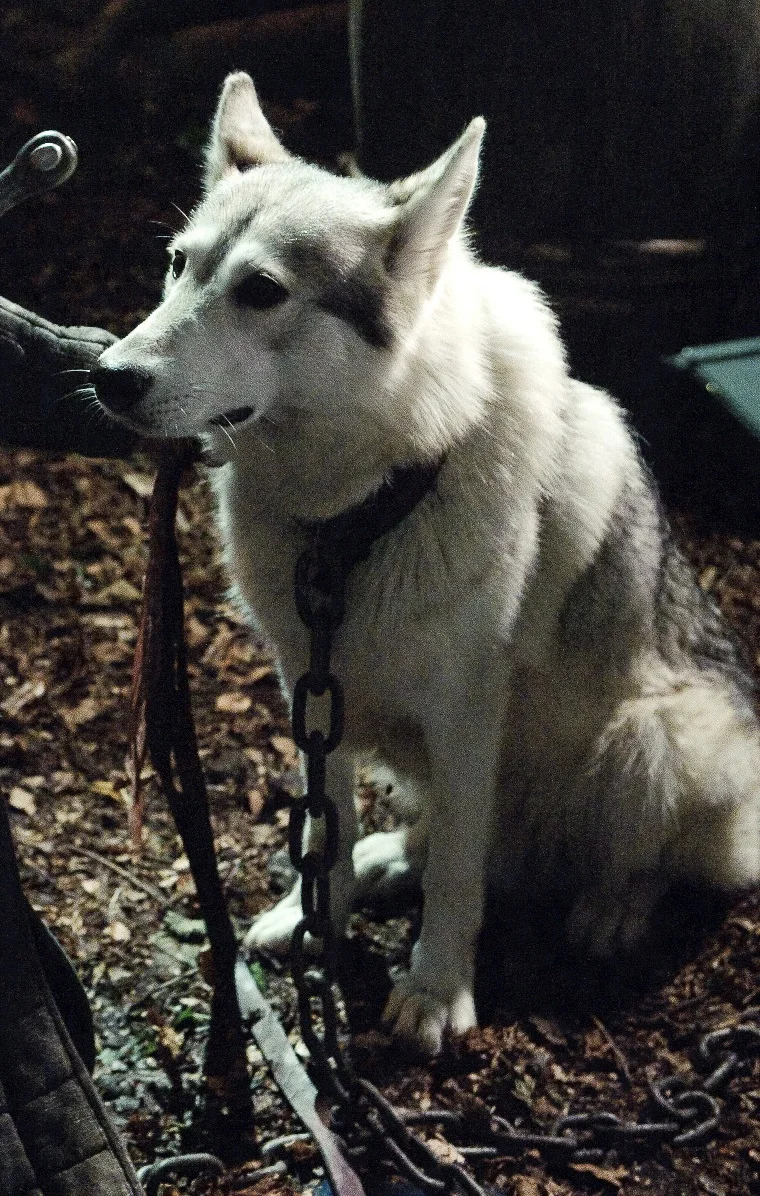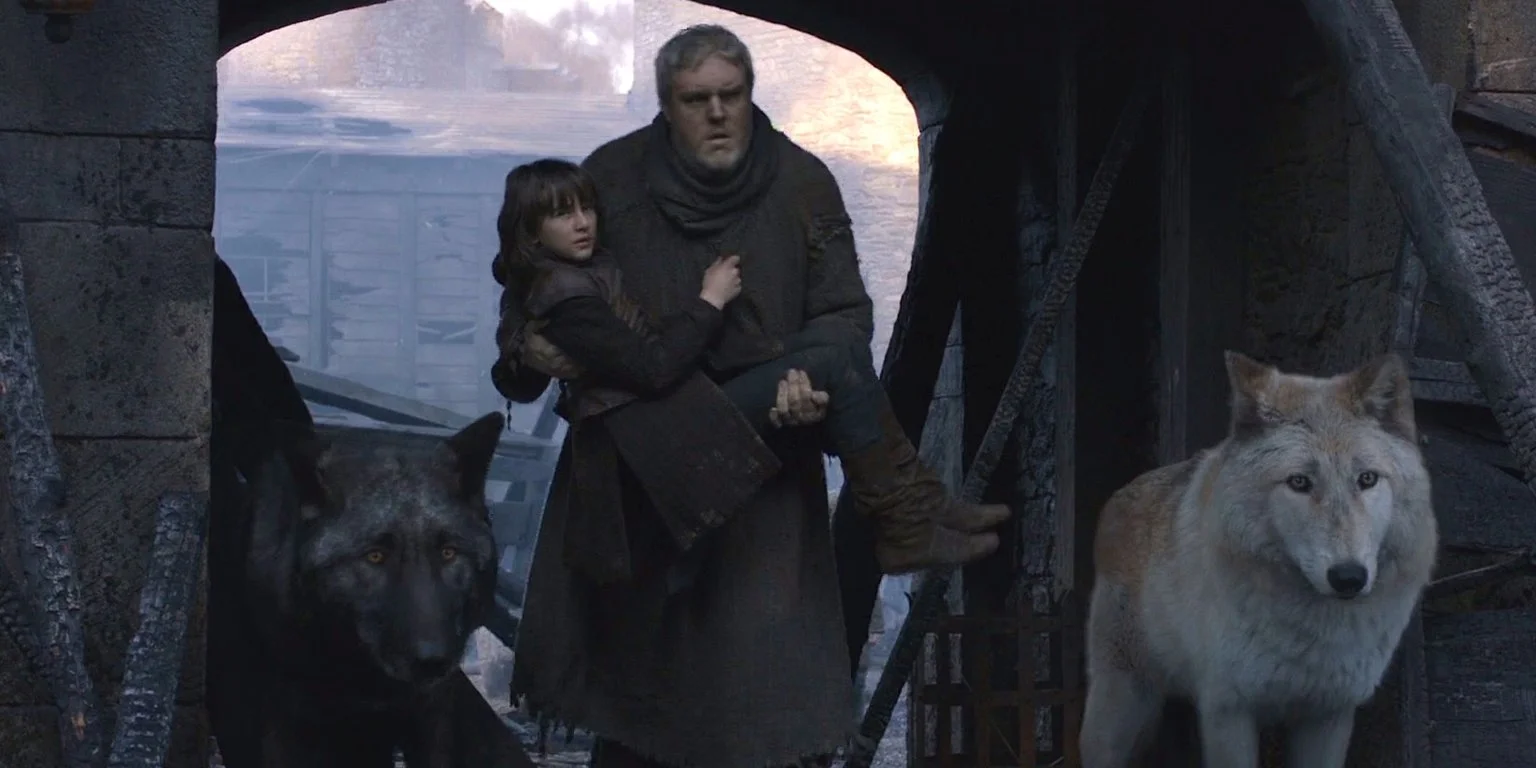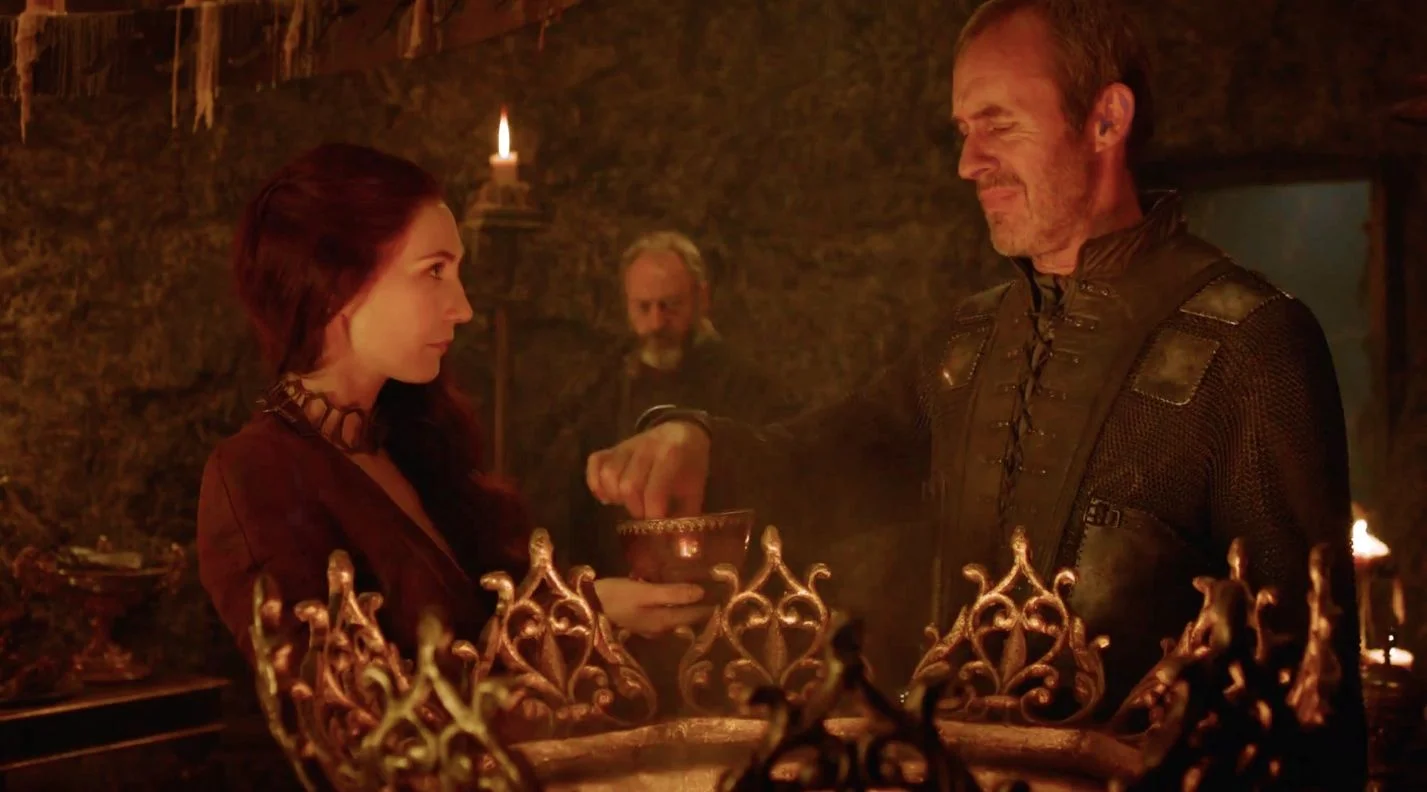Game of Thrones, What You Missed in Seasons 1 Through 7
SPOILER ALERT: Spoilers for seasons 1-7 ahead. If you haven’t watched the show, and don’t want to be spoiled, stop scrolling. I would recommend catching up before reading this article.
1. The death of Ned Stark was foreshadowed in the first episode
In the books each Stark child can control their wolves with their minds, an ability know as ‘warging’ in Game of Thrones.
In the first episode of the HBO adaptation of George R.R. Martin’s Game of Thrones the death of the protagonist Ned Stark is foreshadowed. After beheading a deserter of the Nights Watch, an ancient standing army formed to protect Westeros from primitive people and magical creatures, Ned and his sons are making their way back to their home when they come across a dead dire wolf and a dead stag.
The mother dire wolf, nearly the size of a horse, was impaled on the rack of the stag, defending her pups. The stag had its throat ripped out by the wolf at the same time leaving both dead in the forest.
The dire wolf is the sigil of House Stark and while unknown to the viewer at the time, the Kings House Baratheon’s sigil was the Stag. In episode 109, Ned is executed for questioning the legitimacy of the King Joffrey the heir to the throne upon his father King Robert’s death.
Once again, just like the first episode, a dire wolf fell to a stag.
Next to the mother were her children, too young to fend for themselves so Ned orders them killed, however, his bastard Jon snow reminds Ned that the dire wolf is the sigil of his House of the children of the house were meant to keep the pups. One pup was there for each child of the House and an albino runt there for Jon.
2. The Stark children’s dire wolves and their significance
One pup was there for each child of the house, and an albino runt there for Jon. The names of the wolves carry a great significance for the characters who named them.
Robb uses Greywind to intimidate Jaime Lannister while on march during the War of the Five Kings
Robb named his wolf Greywind, a physical manifestation of the warrior spirit of Robb, House Stark, and the North as a whole. Upon learning of the arrest of his father, Robb calls his banners to free him, and when his father is killed, establish the North as a free kingdom.
His army, flying the grey wolf banner of House Stark marches south with the wind and winter, decisively winning all of the battles they engaged in against the Lannister forces. Robb fights alongside Greywind within his army both of which fight for Robb.
Jon discovers Ghost the runt right before leaving almost leaving him behind.
Jon Snow named his wolf Ghost for the white fur of the albino, but the color also carries more significance. In Westeros, the banners flown by bastards of noble houses are the inverted colors of their father’s house; meaning Jon would fly a white wolf on a grey field.
Lady before her execution. She was killed because Nymeria escaped punishment after biting Joffrey to save Arya’s life.
Jon’s death and subsequent resurrection also relates directly to his wolf’s name. Beric Dondarrion, the leader of the Brotherhood without Banners, was also resurrected multiple times by magic, and said that each time he came back he was less of a man and more a shell of his former self. This fate shared by Jon can make him seem to be a ghost of himself. A popular theory also states Jon’s spirit was held within Ghost, until he is resurrected at Castle Black.
Sansa Stark named her wolf Lady, which highlighted her naivete in the early seasons, when she desired to be Joffrey’s lady and queen. Little did she know this would turn out to be a horrendous fate to wish for. However, her wolf is killed just like her dreams because of Cersei, who orders the wolf killed and ends the engagement to Joffrey.
Lady also foreshadows Sansa’s position in the late seasons when in episode 609. After the defeat of the Bolton army in the Battle of the Bastards, Sansa, the eldest living Stark, becomes the Lady of Winterfell.
Arya encounters Nymeria five seasons since their seperation on her way back to Winterfell.
Arya Stark’s wolf is named Nymeria, after the Queen Nymeria of the Rhoynar, a race who sailed on 10,000 ships to Westeros thousands of years ago to settle the Kingdom of Dorne. Nymeria was unlike the ladies of Westeros in that she was a warrior who fought in the front lines and commanded her people.
Arya looked up to Nymeria and always had aspirations to become a great warrior. Arya would begin her quest to become a warrior after she sailed to Braavos in episode 502, to train to become a faceless assassin in the House of Black and White.
Summer protects Bran from the assassin sent to kill him.
Bran named his wolf Summer. The season of winter is brutal in the North, so summer is patiently awaited for years, and it brings bliss to the people who suffer the years long winters of Game of Thrones.
Just like people long for summer, Bran longs for the use of his legs which he lost after being pushed from a tower in the first season. However Bran is a warg, meaning he can control animals with his mind and inhabit their bodies. Bran has a conflict with himself because he would warg into Summer constantly to live what it felt like to be able to move on himself.
Summer may also represent what Bran wants to bring back to Westeros . The three-eyed raven he is fighting for is pushing man’s victory over the White Walkers, who bring winter with them on their march south. Bran is the greatest weapon to use against the coming winter just as the season of summer does not permanently defeat winter, but push it back.
Shaggydog on the left and Summer on the right.
Rickon is very young at the start of the show and after Winterfell is sacked by the Bolton’s he goes into hiding with the wildling, Osha. Because of this, he receives no formal education. His wolf is named Shaggydog which represent Rickon’s shaggy appearance and wild upbringing.
3. Stannis Baratheon is responsible for the deaths of all of the false kings he fought against.
Ser Davos saved Gendry from being burned alive by suggesting another way… He did not expect leeches would be the alternative.
Stannis Baratheon attempts to seize his rightful claim to the throne using blood magic via the Red witch Melisandre, who preaches the flames to him. After the late King Robert’s bastard, Gendry, is brought before Stannis, Melisandre is quick to seize the power of the King’s blood within the veins of Gendry.
She binds him and allows leaches to sap some blood before having Stannis throw them into the fire naming those he desired dead. He names those he sees as the false kings who he seeks to destroy.
In this order he names the usurper Robb Stark, who is killed in the Red Wedding. The usurper Joffrey Baratheon, who is poisoned at his own wedding. Finally, the usurper Balon Greyjoy who is thrown from a bridge by his brother Euron Greyjoy, and of course he murdered his brother Renly with blood magic in episode 205 The Ghost of Harrenhal.
4. How Lady Olenna poisoned Joffrey
“How sorry I was to hear about your brother. War is war, but killing a man at a wedding? Horrid. What sort of monster would do such a thing?”
For years, show viewers were debating who had killed Joffrey at his wedding while all of the evidence was presented in the episode and episodes preceding it. First, Little Finger and Lady Olenna were talking about the future of the realm. Both characters had motivation to rid themselves of Joffrey. Little Finger constantly conspires to create chaos from which he can benefit, and an assassination can create such chaos. Lady Olenna, realizing Joffrey was a monster, preferred her granddaughter Margaery be wed to Joffrey’s younger brother.
Next, in episode 401, Two Swords, the knight Sir Dantos, who Sansa had saved at Joffrey’s name day, gave her a necklace to wear at Joffrey’s wedding. Unbeknownst to Sansa, this necklace contained fake gems made of a crystallized poison.
During the wedding, Lady Olenna plays with Sansa’s necklace, offers condolences for her family, and walks back towards her seat. Afterward, a gem can be seen missing, meaning Lady Olenna took it. Lady Olenna walks by Joffrey’s cup and lingers there in the back of the frame though the focus is on Joffrey torturing Tyrion.
Then while Joffrey is insulting Tyrion, before Tyrion is forced to be his cup bearer Lady Olenna stares at the cup for a full second or two in the center of the frame. Tyrion gives Joffrey the cup from the table, the king then drinks from the cup and dies.
5. Walder Frey and the Rat cook.
In the next episode, Arya wears Walder’s face to poison all of the men in the Frey family, ending the house in one fell swoop.
In episode 309, an episode now known as the Red Wedding, Walder Frey violates a sacred tradition known as guest right. He offers peace and hospitality to his wedding guests and kills the members of the Stark family and their men as revenge for Robb’s broken promise.
In the following episode, Bran and his companions reach the Night Fort, a supposedly haunted castle in ruins along the wall. Bran tells the story of the Rat Cook, a man who offered a king guest right and prepared him a meal.
The Rat Cook killed and baked the king’s sons into a meat pie, then feeding the king his sons. According to the story, the gods were outraged and decided to punish the cook for his actions. Not for killing the men or feeding them to their father, but for violating the guest right. According to Bran’s story, the gods punished the cook by turning him into a giant white rat for eternity, only able to feed himself by eating his own young, trapped in the Night Fort.
The camera then pans down from Bran into the dark and then immediately up to Lord Frey digging into a meat pie and bragging with Roose Bolton about how he slayed the King in the North. Walder seals his own fate by violating the guest right.
His fate is fulfilled in episode 610 when Arya, now a fully capable faceless assassin, comes back from Bravos to exact her revenge. She kills one of Lord Frey’s sons and cooks him into a pie, feeding him to Lord Frey. The framing of the shot is akin to the framing of the original pie scene. Frey bites into the pie and then has his throat slit by Arya.










